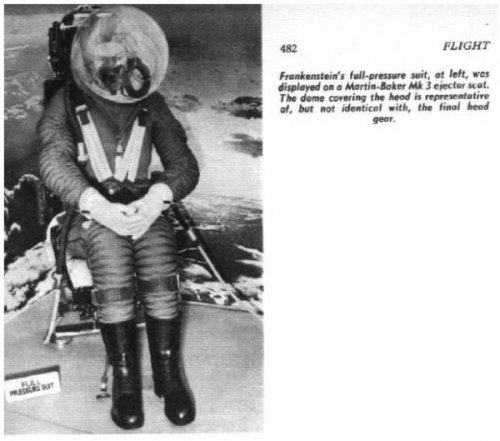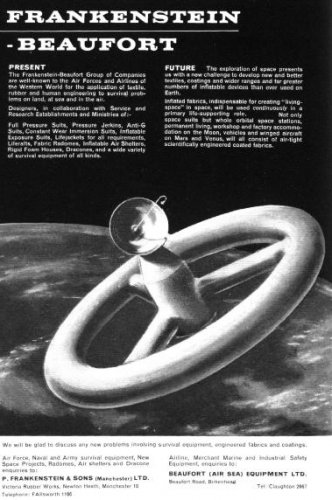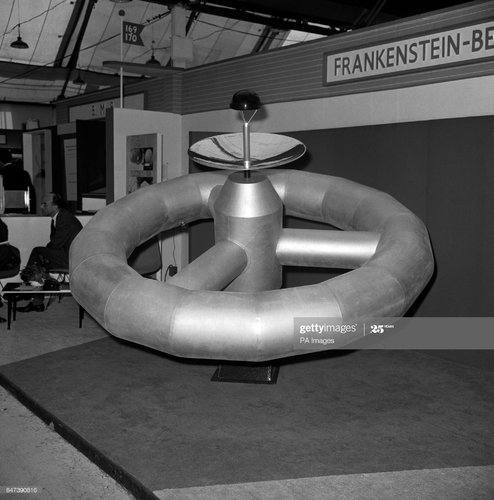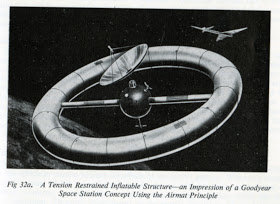Michel Van said:
why is launch from an African high altitude equatorial base, so important ?
first
Rocket engine work not good on sealevel, because the airpressure at engine nozzle
that called "Aerostatic back-pressure and optimum expansion problem"
more here
http://en.wikipedia.org/wiki/Rocket_engine_nozzle#Aerostatic_back-pressure_and_optimum_expansion
you can adapt Rocket engine for airpressure, but it work not good in high altitude
so all engine in first stage are a compromise
also has the Rocket push true atmosphere Wat bring lost in energy and speed
if you build a launch pad over 16.404 ft or 5000 meter.
the airpressure drop from 1013,25 hPa to 506,6 hPa !
you understand now why there so much proposal for Aircraft launch rockets 
second:
if launch rocket in east direction, the rocket gain more speed by earth rotation
but if launch site in more to north or south less speed you gain.
at equator and Launch to the east, you get 1522 ft/sec, 464 meter/sec GRATIS
launch from high altitude equatorial base you get in theory 30% more payload.
Ideal high altitude equatorial site
Mount kenya http://en.wikipedia.org/wiki/Mount_Kenya
Mount Kilimanjaro http://en.wikipedia.org/wiki/Kilimanjaro
Cotopaxi in Ecuador: http://en.wikipedia.org/wiki/Cotopaxi
Hi Michel
"Mr Andrews considered three potential launching sites within
the Commonwealth—Spadeadam Waste, Woomera, and a possible
site on the top of Mount Kenya, of which he said: "Situated on
the equator and rising to a height of over 17,000ft, this dormant
volcano seems to be the ideal launching site for interplanetary
probes and other difficult launchings. The Indian Ocean lies
some 380 miles to the east of it and beyond that lie a number of
islands under Commonwealth control and suitable for tracking
stations. Singapore is directly in line some 4,000 miles away."
The following five factors, the speaker suggested, made such a
site preferable to that at Woomera.
(1) An equatorial trajectory makes it easier to place satellites into
orbit in the plane of the ecliptic; and the easterly launch makes it
possible to launch "stationary" satellites efficiently. (2) An equatorial
launch provides the maximum initial velocity (1,500ft/sec) for a vehicle
launched in an easterly direction. (3) The low atmospheric pressure at
17,000ft causes the specific impulse of the rocket engine to be increased
at launch by about six per cent. (4) The improvement in specific impulse
enables an increased launch weight to be used without corresponding
increase in engine weight, hence increasing the mass ratio of the vehicle
by nearly the same amount. (5) The low density of the atmosphere
results in lower aerodynamic drag during the initial phases of the launch.
"Compared with an equatorial sea level site, the gain could be
worth about l,5OOft/sec. Although this does not sound very high
it corresponds to an increase in payload of between 20 and 30 per
cent, depending on the conditions. For the launch of a manned
expedition to the Moon this could be worth £5m per shot. The
only known technical disadvantage is that the launch trajectory
passes through the deepest section of the Van Allen belt.""





